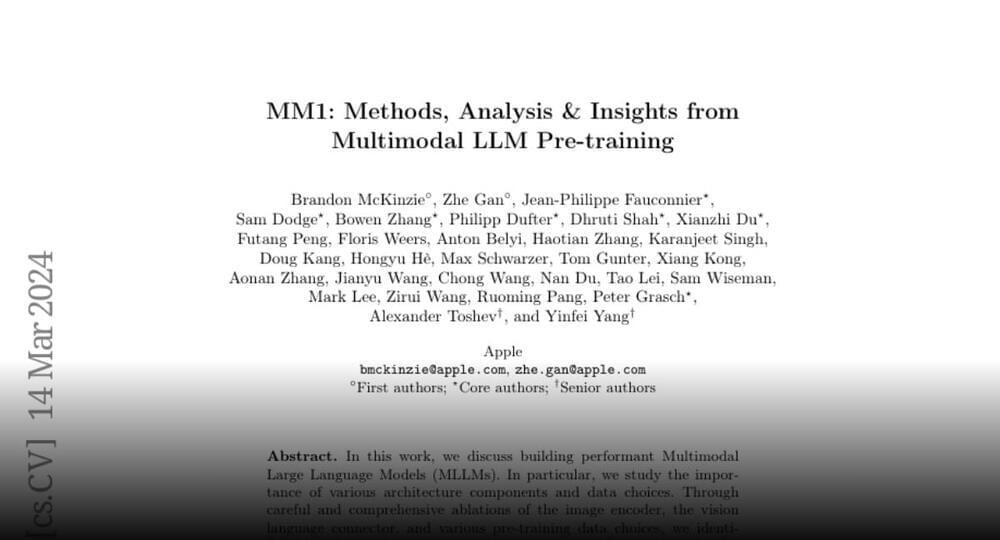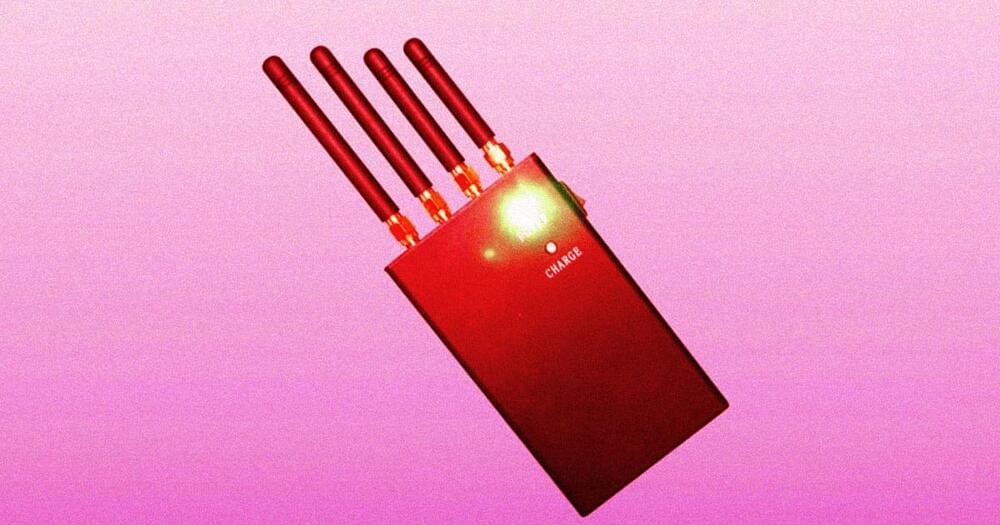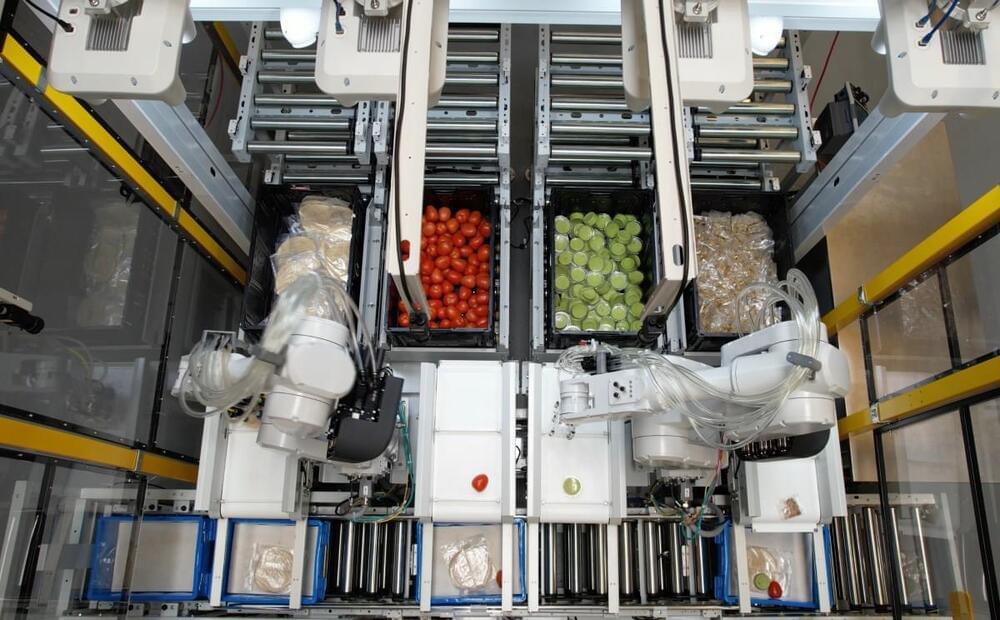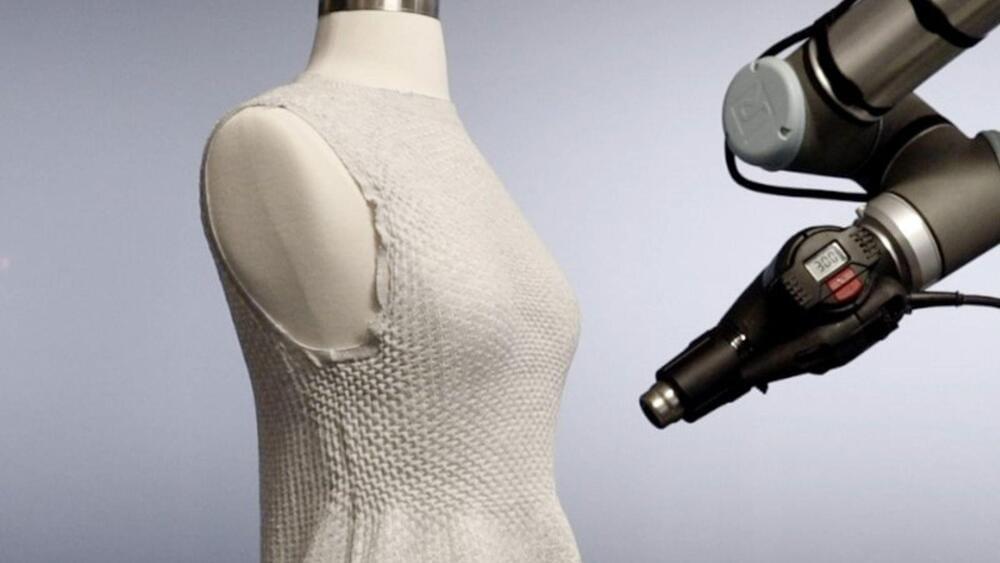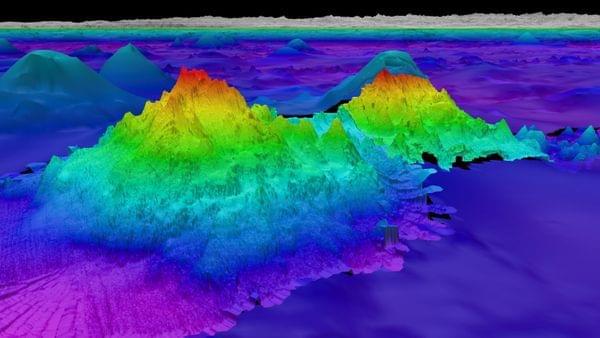With skull parts that click together like puzzle pieces and a large central tooth, the real-life sandworm is stranger than fiction.
Amphisbaenians are strange creatures. Like worms with vertebrae, scales, a large central tooth, and sometimes small forearms, these reptiles live underground, burrowing tunnels and preying on just about anything they encounter, not unlike a miniature version of the monstrous sandworms from “Dune.”
Even though they’re found around much of the world, little is known about how amphisbaenians behave in the wild because they cannot be observed while in their natural habitat under sand and soil. But thanks to two papers published in the March issue of The Anatomical Record, new light is being shed on these animals and their specialized anatomy.

